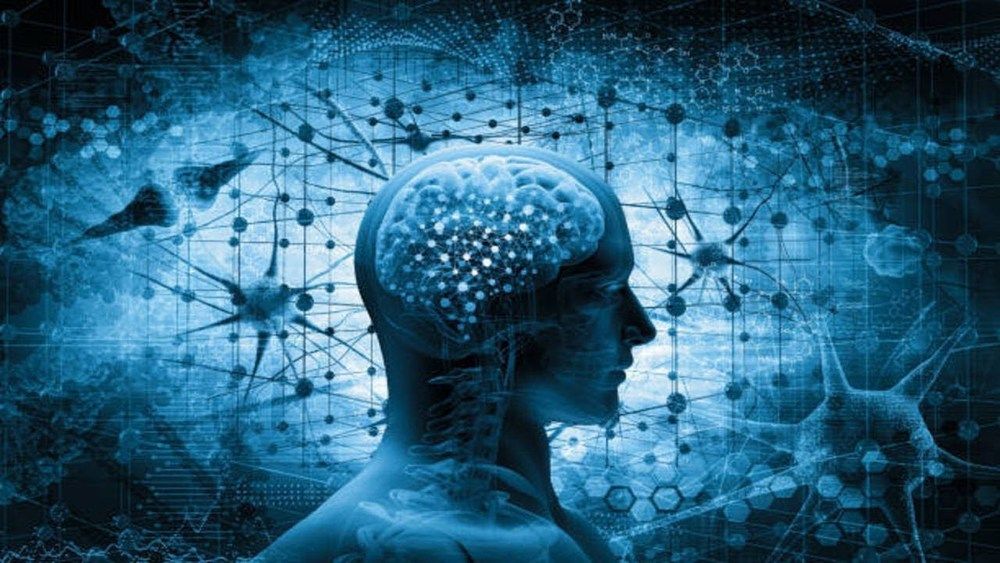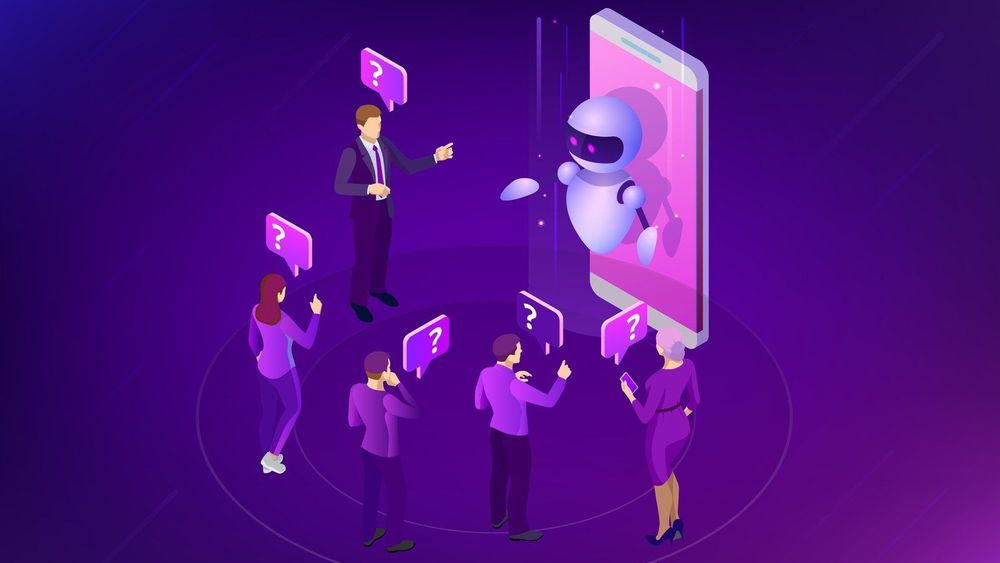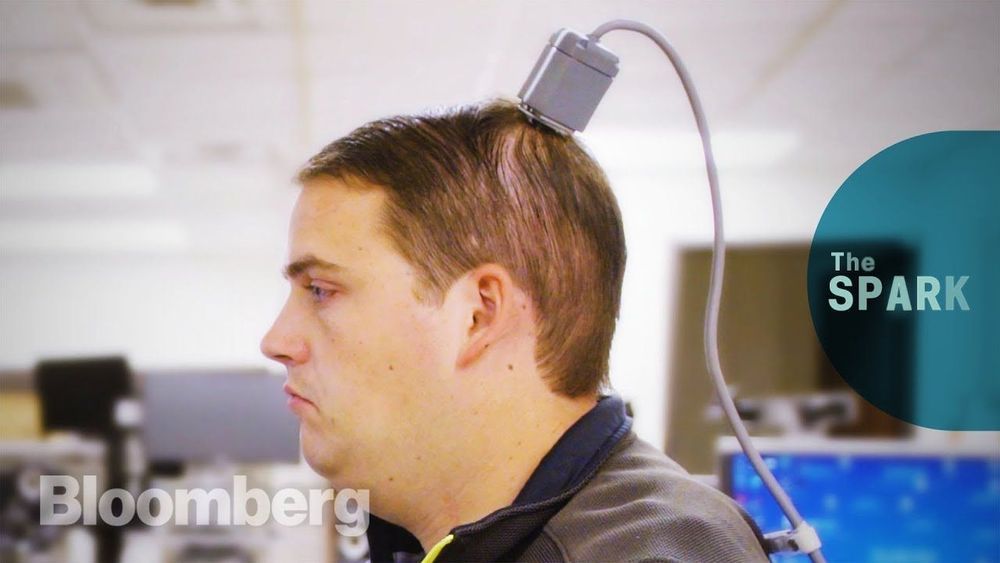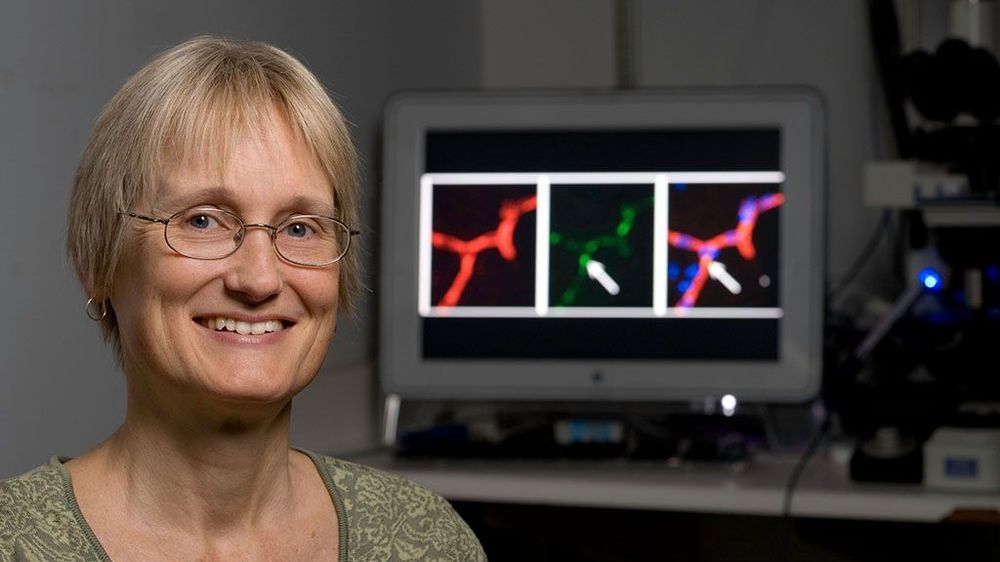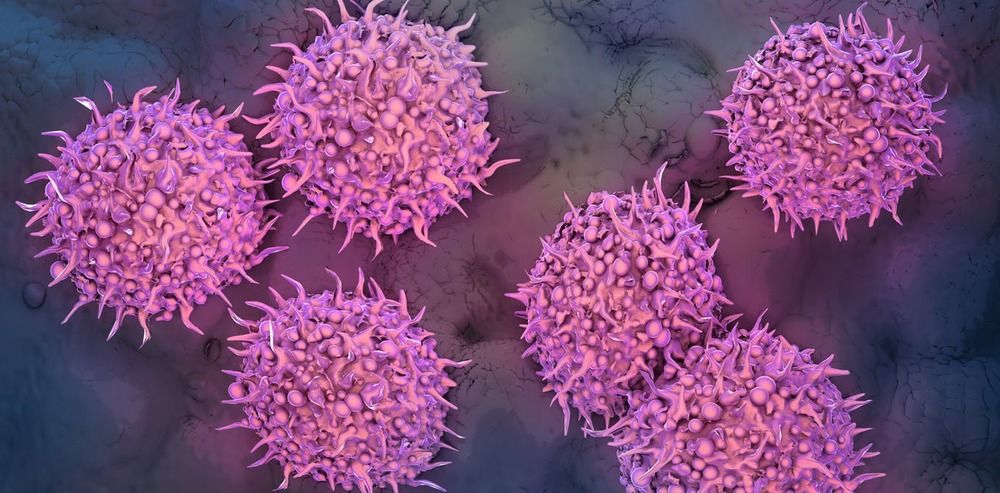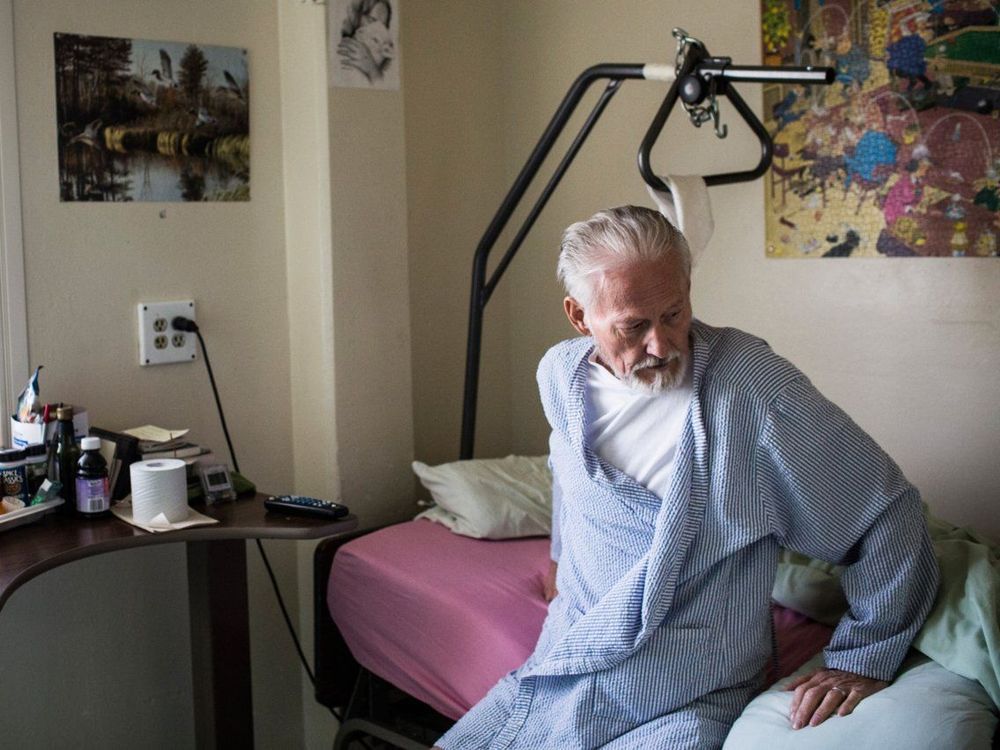The regions and lobes of the brain are identified along with some of the nerves and vessels. The basic functions of the cortex of each lobe are introduced along with principal sulci and gyri. The importance of the left hemisphere for language and the temporal lobe in memory are mentioned along with the concept of cortical localisation. A classical frontal section is used to demonstrate grey and white matter along with the primary internal structures. The brain is one of the largest and most complex organs in the human body. It is made up of more than 100 billion nerves that communicate in trillions of connections called synapses. The brain is made up of many specialised areas that work together: The cortex is the outermost layer of brain cells. the human brain is explained in this video. Full documentary of the human brain.
